Following the end of SPIP™ support and maintenance last December, the founder of SurfaceChar LLC and longtime SPIP™ user, Dr. Dalia Yablon, reports on her experience when adopting MountainsSPIP® for AFM image analysis and processing.

Image Credit: Digital Surf
"I have been an SPIP™ Image Metrology user since 2003 and quickly became a fan for all of its capabilities including more advanced functionality like particle analysis and force curves that were applicable to all AFM images, regardless of instrument vendor.
So I was curious to see what the differences would be with MountainsSPIP® as I transitioned during 2020. While the organization, nomenclature, and design of the MountainsSPIP® software is markedly different than SPIP™, I was very pleased to see that the performance and functionality matched and even exceeded SPIP™’s capabilities in several important areas."
Watch the webinar “MountainsSPIP® series: transition for an AFM user, with Dalia Yablon - https://www.gotostage.com/channel/da10fa11da154e4dad3c2e71c1895b7c/recording/40f37076e9d64925a41d8c5b01846223/watch
An Interactive Workflow
The ability to save the user’s workflow for future modification and use is one of the most crucial differentiators of MountainsSPIP® compared to all other software packages that are available.
As an example, Figure 1a underneath displays a 2D representation of some AFM data. The related 3D image in Figure 1b has been produced with a 3-step workflow, where the phase is represented over the topography.
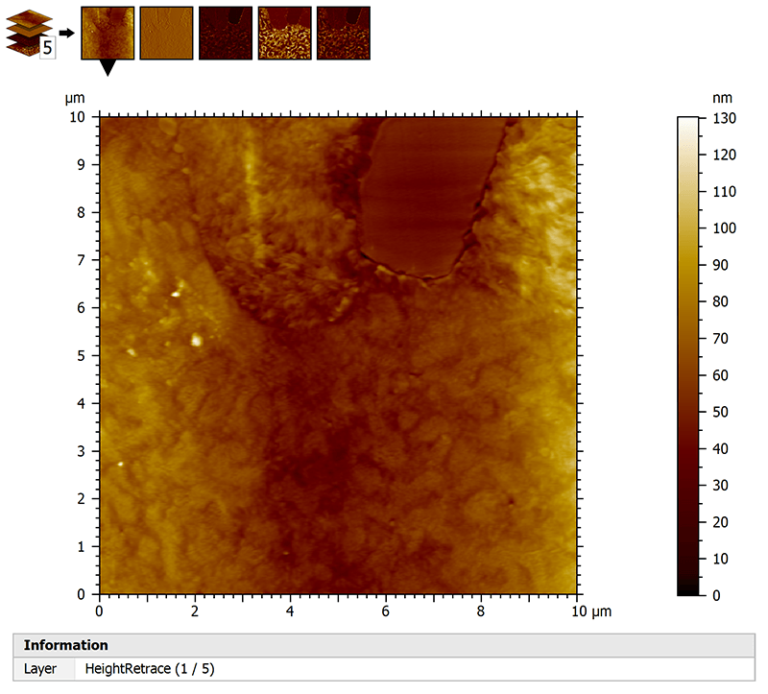
Figure 1a. Multi-channel AFM data (displayed in 2D), including phase and topography channels. Image Credit: Digital Surf
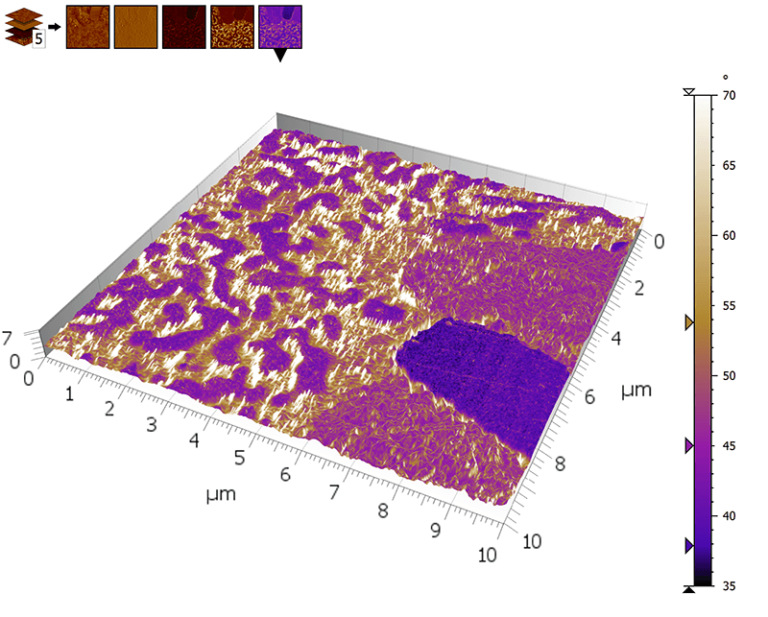
Figure 1b. 3D view of multi-channel surface. Image Credit: Digital Surf
The user can recover this workflow as it has been saved, which means they can go in and modify specific steps to understand what influence they may have without having to complete the full sequence again.
For other users, this ability is also highly instructional. They can view precisely how the image was analyzed and processed without having to ask for explanations or take screenshots. Lastly, MountainsSPIP® allows the user to substitute an alternative image into a particular workflow.
Powerful Cross-Sectional Analysis
In general, MountainsSPIP® delivers powerful, advanced capabilities in all the standard AFM image processing stages that go beyond the traditional abilities.
Cross-sectional analysis, for example, is a common feature supplied by the majority of image processing software to draw a cross-sectional profile across the image and quantify the distance between two points.
As demonstrated in Figure 2a, the cross-section profiling capabilities of MountainsSPIP® are much more powerful. The user can draw a cross-section profile in any direction, such as zigzags, circles, or those that cut through the lowest or highest point (determined by the software).
As shown in Figure 2b, up to 5 cursors are simultaneously provided by the software where several parameters can be measured.
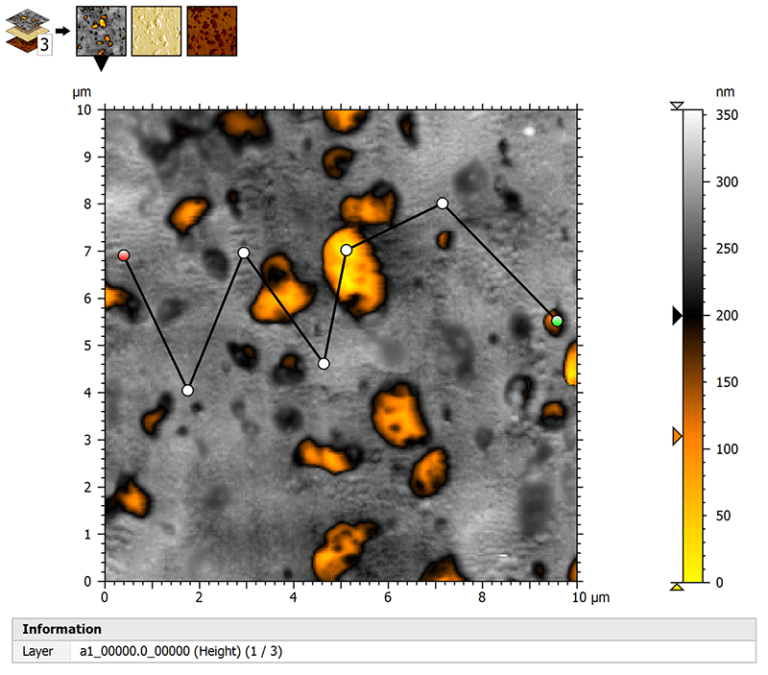
Figure 2a. Cross-section profile shown on the surface. Image Credit: Digital Surf
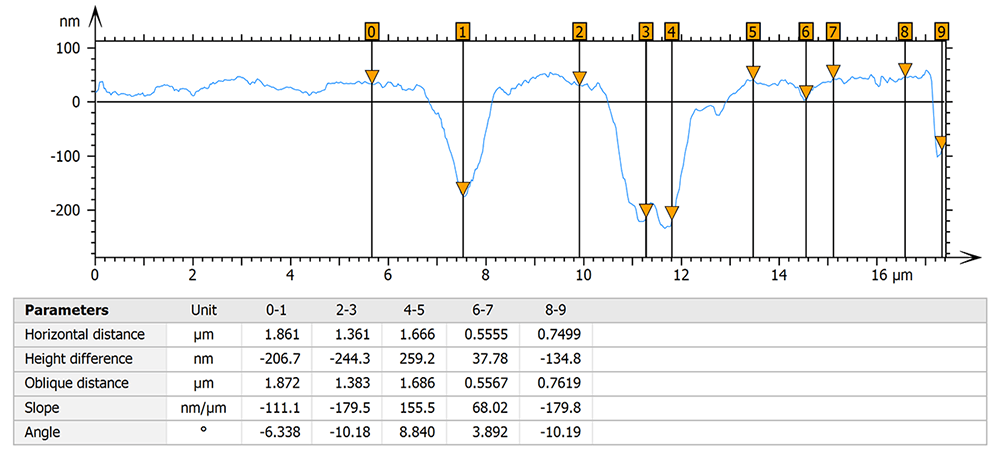
Figure 2b. Extraction of a cross-section profile. Height difference, slope, angle and horizontal & oblique distances were calculated. Image Credit: Digital Surf
Unique Particle Analysis Functionalities
The key area of particle detection is another example of the capabilities offered by MountainsSPIP®. All the traditional tools for threshold detection, edge and watershed detection, along with the ability to split or merge particles are provided.
In line with its tradition of providing more advanced features, MountainsSPIP® has distinct capabilities involving the visualization and classification of particles that increase ease-of-use, along with the ability to measure dozens of parameters on particles that were commonly analyzed with SPIP™.
Three customized categories based on particle diameter are presented in Figure 3 to highlight the different surface characteristics. Along with this, spherical caps have been calculated for those particles that include them (shown by the circles on specific particles) and radius is also determined.
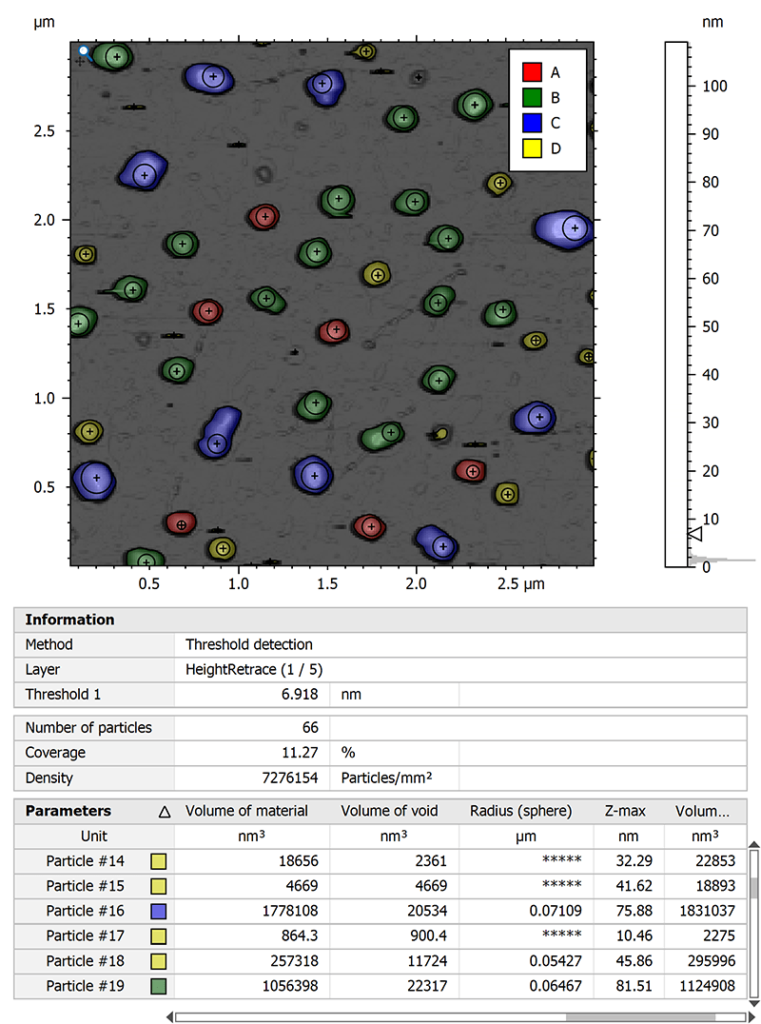
Figure 3. Particle analysis study of three different particle varieties. Image Credit: Digital Surf
Conclusion
While MountainsSPIP® requires some user training, it is well worth the investment, and one will be rewarded with more powerful and advanced image analysis and processing that is applicable across all vendor platforms.

This information has been sourced, reviewed and adapted from materials provided by Digital Surf.
For more information on this source, please visit Digital Surf.